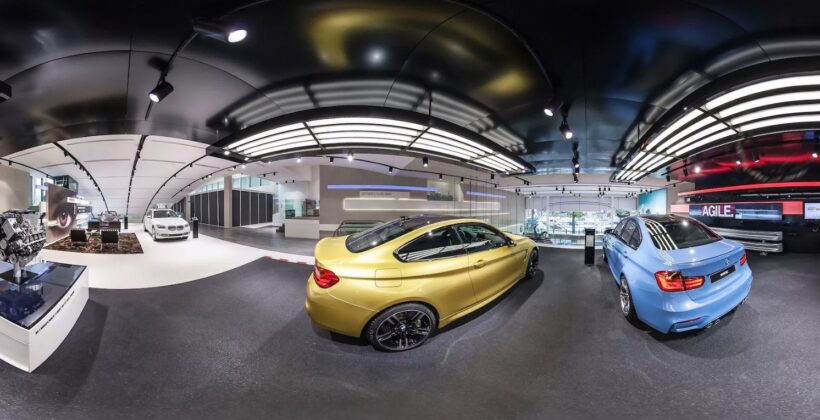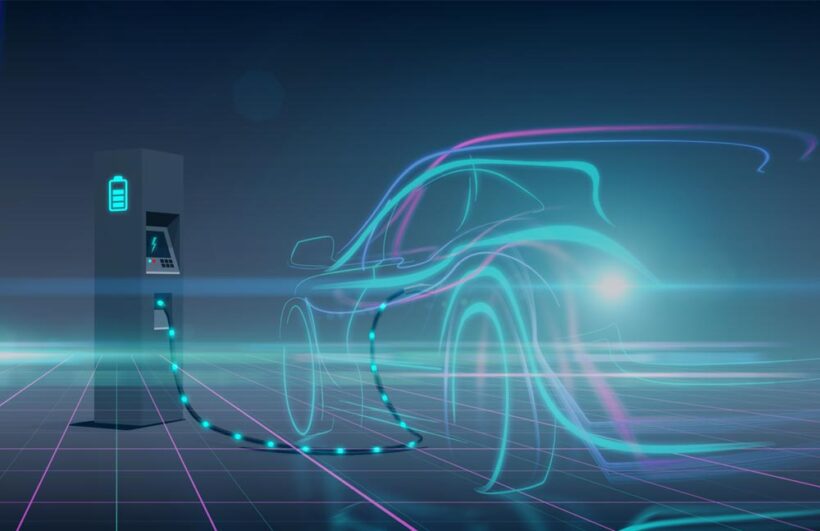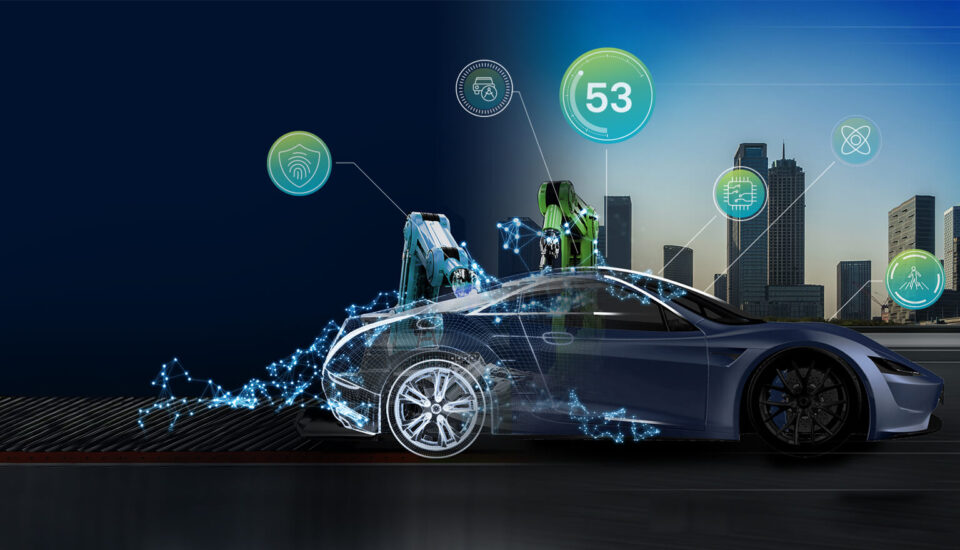The auto manufacturing industry uses various processed materials, including electronic components, glasses, plastics, and metals.
The quality guarantee of components and the combination of various components represent technological challenges, which TOF-SIMS analysis and other technologies can manage effectively.
Like other industries, the automotive industry is also advancing rapidly. Many new segments and markets have emerged to intensify the development of more advanced technologies, which can transform the industry entirely. Some of the ways that technology changes the industry include:
1. Fuel Efficiency

Two or three decades ago, the idea of electric vehicles seemed futuristic. But today, green vehicles, including the likes of Teslas, have had great success in terms of sales. Because of that, many more automotive manufacturers have started using the same idea to develop and create completely electric or amazingly fuel-efficient vehicles.
This change towards fuel efficiency will likely ramp up for many years to come as environmental friendliness ranks high in most consumers’ minds, and a few government authorities are implementing progressive sustainability goals, which auto manufacturers must meet.
2. Self-Driving Systems
Autonomous driving is changing the automotive industry by eliminating the importance of human drivers being behind the wheel. Cruise control systems send data about the vehicle’s surroundings to the CPU through 30 control sensors located throughout the car. Other automotive manufacturers, like BMW, are enjoying self-driving systems that park vehicles without the help of a driver.
This technological advancement determines your car’s parameters, like the weight, number of passengers, etc. The technology is already helping in driving without the constant input of drivers, and soon enough, autonomous driving will be a common feature in new vehicles.
3. Personalization
Personalization drives product customization and vehicle marketing for users. For the automotive industry, the customization of products has the potential to make the usage of vehicles enjoyable and safe.
For example, advanced applications analyze or collect data on drivers’ behavior. In addition, it determines patterns, such as gas stations, grocery stores, and regular visits to a café.
4. Safety
For instance, adaptive cruise control is a fantastic way of avoiding accidents. This technological advancement uses sensors to track the location and speed of on-road cars and adjusts speed automatically to maintain a safer following distance.
An autonomous emergency braking system is another great safety feature gaining more popularity. Like adaptive cruise control, autonomous emergency braking uses sensors to detect when an accident might happen and automatically apply brakes to mitigate or avoid the collision.
5. Virtual Showrooms

Even if things are back to normal after Covid-19, many prefer buying things online, including cars. Because of this change of customers’ behavior, auto retailers prompted to reach out to customers virtually.
Virtual showrooms are the major applications of technological advancement as they help to unburden overhead and infrastructural costs. This, in turn, enables retailers to provide lucrative deals and competitive prices.
6. Connectivity: The Foundation for Intelligent Transportation
The advent of 5G networks and the integration of the Internet of Things (IoT) are revolutionizing how vehicles interact with the world around them. This leap in connectivity allows for unprecedented levels of communication between vehicles (V2V) and between vehicles and infrastructure (V2I). The benefits are manifold, ranging from enhanced traffic management systems capable of reducing congestion in real-time to sophisticated navigation systems that provide drivers with the most efficient routes. Moreover, the real-time diagnostics enabled by advanced connectivity can predict maintenance needs, improving vehicle reliability and safety. This interconnected ecosystem not only paves the way for autonomous driving technologies but also ensures a smoother, safer, and more efficient driving experience for all.
7. Electric Vehicle Infrastructure: Charging Towards the Future

The surge in electric vehicle (EV) adoption marks a significant shift in the automotive landscape, necessitating the expansion of EV charging infrastructure. The development of fast-charging stations across urban and rural settings addresses one of the most pressing concerns for potential EV owners: range anxiety. Innovations such as wireless charging pads, solar-powered stations, and integrated home-charging solutions further support the transition to electric transportation. By making charging more accessible and convenient, these advancements are critical in accelerating the move away from fossil fuels and towards a greener, more sustainable future.
8. Augmented Reality: Transforming Design and Maintenance
Augmented Reality (AR) technology is carving out a new frontier in vehicle design and maintenance. In the design phase, AR enables engineers and designers to overlay digital models onto physical spaces, allowing for real-time visualization and adjustments. This not only speeds up the design process but also enhances creativity and precision. On the maintenance front, AR aids technicians by providing them with hands-free, real-time information and visual guidance during repairs. By projecting digital overlays onto physical components, technicians can identify issues more quickly and accurately, reducing downtime and improving service quality. This technology not only streamlines the design and maintenance processes but also enhances the overall lifecycle management of vehicles.
9. Sustainable Materials and Manufacturing Processes
Technological advancements are ushering in a new era of sustainability in the automotive industry. The shift towards using recycled materials in vehicle production, from plastics to metals, reduces the demand for virgin resources and minimizes environmental degradation. Energy-efficient manufacturing processes, such as 3D printing and automated assembly lines, lower the carbon footprint of vehicle production. Moreover, the industry’s focus on reducing waste not only encompasses the manufacturing phase but extends throughout the vehicle’s lifecycle, promoting recycling and reuse at the end of a vehicle’s life. These sustainable practices demonstrate the industry’s commitment to environmental stewardship while meeting the growing consumer demand for eco-friendly products.
10. Subscription-Based Vehicle Services: A New Paradigm
The rise of technology-driven subscription models is reshaping the concept of car ownership. These services offer consumers access to a fleet of vehicles on a subscription basis, eliminating the need for outright purchase or long-term leasing. Subscribers can enjoy a range of benefits, including the flexibility to swap vehicles according to their changing needs, as well as inclusive maintenance and insurance packages. This model caters to the modern consumer’s desire for convenience, flexibility, and variety, challenging traditional ownership and leasing models. As these services expand, they promise to redefine personal mobility, making it more accessible and tailored to individual preferences and needs.
Technological advancements have made automobiles more energy-efficient, smarter, and safer. Today’s vehicles have high-tech features and gadgets, making driving more intuitive and comfortable. Also, the automobile industry is facing more rapid changes thanks to the overwhelming demand and interest in hybrid and electric vehicles.

